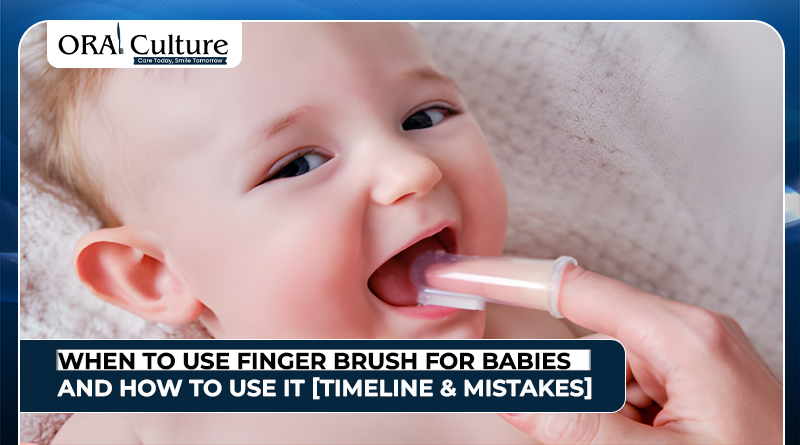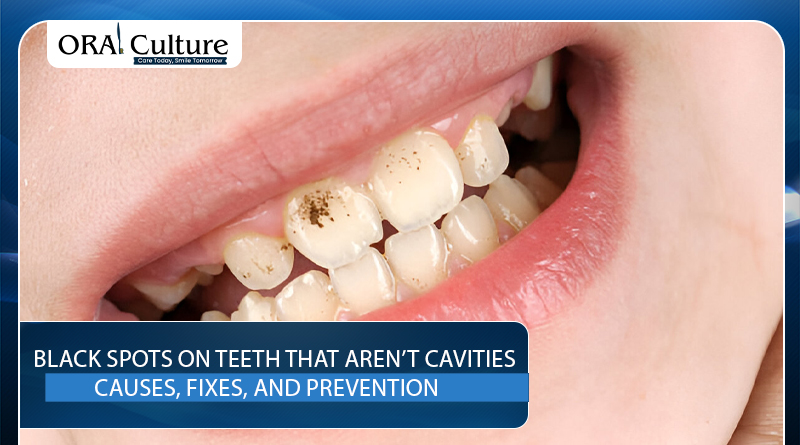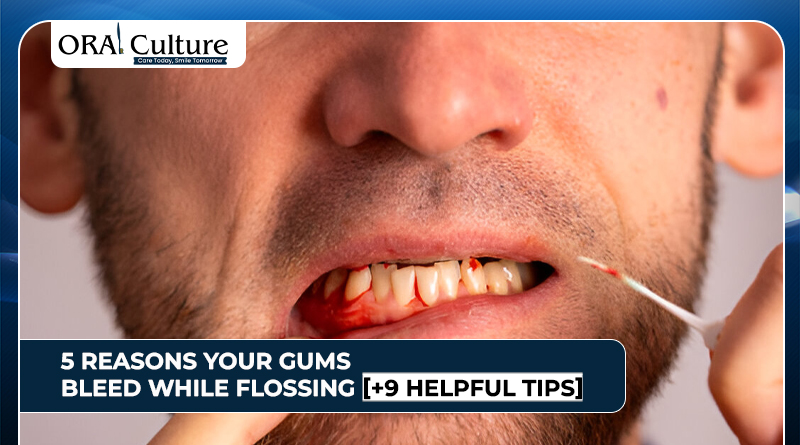Noticing blood when you floss isn’t something to ignore… It’s your gums signaling trouble. Many people dismiss it as “just normal,” but in reality, gums in good health don’t bleed.
That little trace of red on your floss isn’t harmless; it’s your body’s early warning system, letting you know your gum health needs care and attention.
Think of it this way: you’d be worried if your hands bled every time you washed them. The same rule applies to your gums. Bleeding, even a little, is not something to ignore.
We will break down the real reasons gums bleed when flossing, what it means for your oral health, and the simple steps you can take to fix it
What Happens When Gums Bleed?
When you floss and see blood, it usually means your gums are inflamed. Inflammation is your body’s reaction to bacteria. Think of it like a warning sign. You’d be concerned if your skin bleeds easily when touched, right? The same goes for gums.
The American Dental Association (ADA) states that the leading reason gums bleed is plaque buildup. Plaque is a thin, sticky layer of bacteria that clings to the surfaces of your teeth and along the gumline. If it isn’t removed, it can irritate the gums and trigger bleeding. When you don’t clean it properly, it hardens into tartar. This irritates the gums and makes them bleed.
So, bleeding gums are not just about flossing too hard. They’re often linked to a bigger issue: gum disease.
Causes of Bleeding Gums While Flossing
Plaque and Gingivitis
Gingivitis makes gums red and swollen, and makes them prone to bleeding. If you haven’t flossed for a while, the first few times may cause bleeding. With regular flossing, the bleeding usually decreases.
Incorrect Flossing Technique
Some people snap the floss harshly into the gums, which can cut the tissue. Floss should gently slide between teeth and curve around each tooth, not forcefully dig in.
Not Flossing Often Enough
If you floss only once in a while, bacteria will collect along the gumline. When you finally floss, the gums will already be sensitive and bleed.
Vitamin Deficiencies
Deficiencies in vitamins like C and K can leave the gums fragile and prone to bleeding. Not-so-good nutrition impacts overall health and has a direct effect on the strength and resilience of the gums.
Medical Conditions and Medications
Health conditions such as diabetes, clotting disorders, or even hormonal changes during pregnancy can make gums more vulnerable to bleeding.
Some medications, like blood thinners, can heighten the likelihood of bleeding when you brush or floss.
Is It Normal for Gums to Bleed When Flossing?
The short answer: No.
It might be common, but it’s not normal. Strong, healthy gums have a firm texture and a light pink color. They stay intact and don’t bleed during brushing or flossing.
If your gums bleed, it usually means you either:
- Have not been flossing regularly, so gums are inflamed.
- Are using the wrong flossing method.
- Or there’s an underlying health issue.
Bleeding gums are often the first signal of gum disease. If this early stage is left untreated, it can progress into periodontitis, a more advanced condition that damages the bone supporting your teeth and can cause tooth loss.
9 Things You Can Do to Stop Gum Bleeding
Bleeding gums don’t fix themselves overnight, but the good news is that most people can turn things around with the right care. Here are practical steps that really work:
1. Floss Every Day (Gently)
Neglecting to floss is similar to leaving half your mouth uncleaned. Daily flossing reaches the tight spaces between your teeth, clearing out bacteria that your toothbrush can’t reach.
If you are just starting, you might notice bleeding for a few days. Don’t stop.
With consistent and gentle flossing, gums usually strengthen and the bleeding goes away within a week or two.
2. Brush Smarter, Not Harder
A lot of people think brushing harder makes teeth cleaner. It doesn’t. In fact, it damages the gums. Choose a soft-bristle toothbrush and tilt it gently toward your gumline for the best clean. Brushing for two minutes, twice daily, is the ideal routine for keeping your teeth and gums healthy.
Electric toothbrushes are also great because they control the pressure for you.
3. Keep Up With Dental Visits
Dentists have special tools to clean it off and stop it from irritating your gums.
A professional cleaning every six months is usually enough, but if you already have gum problems, your dentist may suggest more frequent visits.
4. Feed Your Gums the Right Nutrients
Your gums need vitamins to stay healthy. Citrus fruits, leafy greens, and bell peppers are simple additions to your meals that make a big difference.
5. Stay Hydrated
Dry mouths invite bacteria. Drinking enough water helps your saliva do its job, washing away food particles and bacteria before they cause trouble.
Carry a water bottle with you throughout the day if you tend to snack, so you can rinse away food particles and keep your mouth fresher.
6. Quit or Cut Down on Smoking
Tobacco is extremely harmful to your gums. It restricts blood circulation, lowers your body’s defenses, and slows the healing process, making your gums more vulnerable to disease.
Quitting isn’t easy, but even cutting down can improve your gum health over time.
7. Try an Antimicrobial Mouthwash
Look for one with antibacterial properties, like chlorhexidine or essential oils, to reduce plaque and calm inflamed gums.
Just be careful not to replace brushing and flossing with mouthwash, it should be an extra step, not the main one.
8. Manage Stress
It may come as a surprise, but stress weakens your immune system and can worsen gum problems, making it harder for your body to fight gum disease.
Simple stress-reducing habits like deep breathing, exercise, or even a walk outside can support your oral health too.
9. Replace Your Toothbrush Regularly
A worn-out toothbrush doesn’t clean properly and may even irritate your gums. Swap out your toothbrush every three to four months or earlier if the bristles start to wear out or look frayed.
Final Thoughts
If your gums bleed when flossing, don’t ignore it. It’s not just a minor issue. It’s your body telling you that your gums need care. Proper oral hygiene, healthy nutrition, and regular dental visits can reverse bleeding gums.
Remember, prevention is always easier than treatment.
Visit Oral Culture for helpful resources, expert tips, and practical guides.
People Also Ask
Why do my gums bleed when I floss?
Bleeding is most often caused by plaque buildup or early gum disease (gingivitis). With consistent and gentle flossing, the bleeding usually improves. If it doesn’t, it’s best to visit your dentist.
Should I stop flossing if my gums bleed?
Definitely not. Avoiding flossing will only allow more bacteria to build up. Instead, continue flossing daily, just do it gently. With time, your gums typically become healthier and bleed less.
Can bleeding gums heal on their own?
In the early stages, yes. Gingivitis can often be reversed with proper brushing, flossing, and regular cleanings. But if gum disease progresses, professional dental care is necessary.
Can flossing too aggressively cause bleeding?
Yes. Snapping floss straight into the gums can injure them. Instead, guide the floss carefully with a gentle motion and curve it around each tooth to clean effectively without harm.






